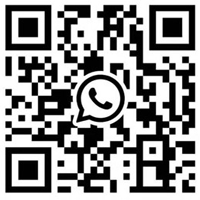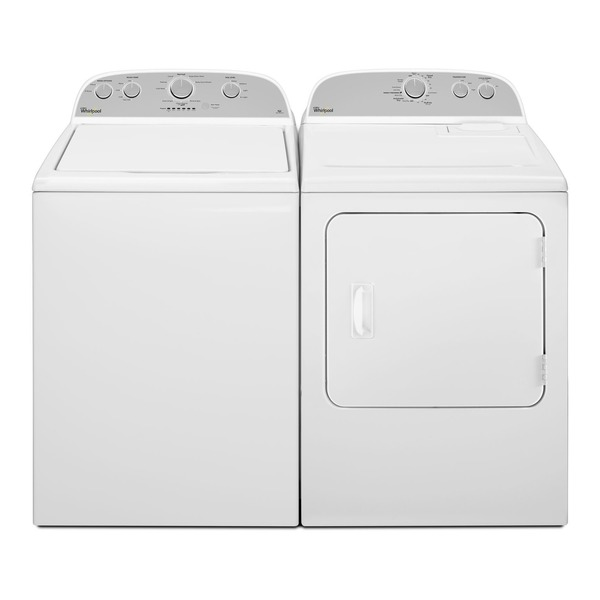Standards:AATCC 88B, AATCC 88C, AATCC 124. AATCC 130. AATCC 135. AATCC 142. AATCC 143. AATCC 150. AA
WhatsApp : +86 13816217984
Email : info@qinsun-lab.com


Standards:
AATCC 88B, AATCC 88C, AATCC 124. AATCC 130. AATCC 135. AATCC 142. AATCC 143. AATCC 150. AATCC 159. AATCC 172. AATCC 179. AATCC 188
Applications:
AATCC standard Whirlpool washing shrinkage testing machine sonsists of the washer and dryer in two parts, and is specified as the standard AATCC shrinkage testing machine. The machine is used for testing the shrinkage or elongation of textiles after one or more times of washing, then the washing samples are graded to make care labels of garment, clothing and other.
Product Information:
Features:
Control system: Washer can provide better washing effect and
accurate laundry temperature with agitator and water temperature
control system; Dryer has sensing drying system, quiet drying
system and cold air for crease-resist, can accurately control the
drying time and provide an quiet environment with low noise .
Operating system: Touch panels, selections of programs,
temperatures, water levels , temperature grades and water stages
for choosen.
Product details:
1. 10 laundry program (Regular, normal, bulky, delicate, soak,super wash, etc.).
2. Three options including extra rinse.
3. 4 load sizes or 4 water level selections.
4. 4 temperature selections.
5. Built-in quiet laundry system.
6. Xtra Roll action agitator.
7. Porcelain top and lid finish ensures anti-abrasion.
8. Double smooth porcelain drum.
9. Dual suspension system for self-balancing and stability.
10. Cover lock indicator light.
11. Automatic balance and correction Auto self-balance .
12. Water By Spray rinse .
13. Halfway to add Add garment .
14. Automatic cleaning chip fiber filter Auto self-cleaning lint filter .
15. Fabric softeners bar and bleaching water Fabric softener and bleach dispenser .
Specifications:
1. Dimension: 1095×685×675 (L×W×H)mm
2. Capacity: 10.5kg/23lbs
3. Laundry program: nine
4. Water temperature: 5 period
5. Water grade: 3 period
6. Washing method: rolling with agitator
7. Origin: Country of origin: USA
8. Power supply: 220 v / 50 hz
Configuration:
Optional accessories: AATCC 1993 fluorescent detergent , AATCC
standard increase with companion wash cloth, pens that do not fade
after washing, AATCC standard shrinkage with dial gauge, AATCC
standard print ruler.
Qinsun Instruments Co., LTD is a professional laboratory testing instrument manufacturer in China,Have been focusing on laboratory instrument R&D more than 30 years and have rich industry experience,Based on international testing standards,We are also the instrument supplier for BV SGS laboratory,We provide one-stop solutions for lab instruments,Free Training and Turn-Key Service,Products exported all over the world,Offer 36 month warranty and are a trustworthy partner.
Company Phone
+86-21-6420 0566
Working hours
Monday to Friday
Mobile phone:
13816217984
Email:
info@qinsun-lab.com
